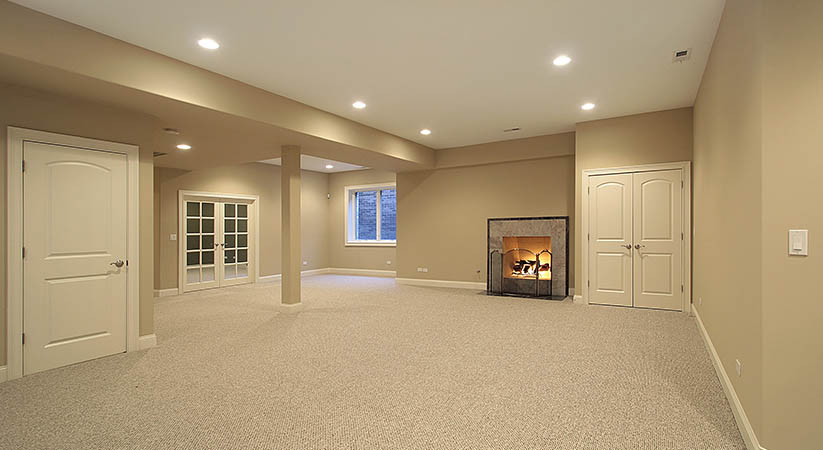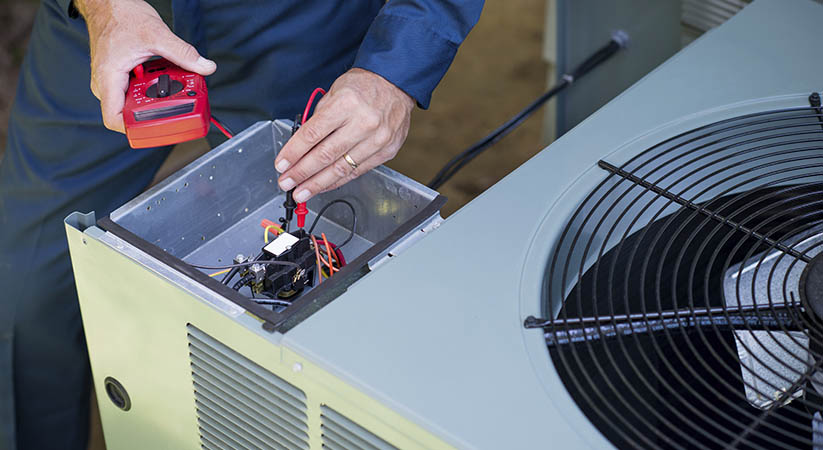Winters are going strong. The warmth and coziness associated with fire in winters is something that everyone yearns for in this season. Not any ordinary fire, but wood fire. Though natural gas or propane will impart the much-needed heat, the pleasant aroma of a wood fire is what sets it apart. To have a safe fire inside your home to warm you up in the winter, you have two options before you; a traditional fireplace or a wood burning stove. Fireplace is convenient as you may already have fireplace and chimney set up in your house and you only need a regular chimney sweeping service.
What To Know About A Fireplace?
You might already know that a wood burning fireplace is a large structure inside most homes that is well-ventilated. The fireplace is traditionally made of heat resistant material like bricks or stone. You add wood to the interior of the fireplace known as the firebox which burns to light a fire. The firebox is connected to a hollow duct called the flue that is pointed towards the chimney crown. Fresh air enters the fireplace from the chimney and flue, whereas carbon monoxide escapes the fireplace through the flue of the chimney.
What To Know About A Wood-Burning Stove?
Alternatively, a wood-burning stove is an appliance that most modern homes have. It is employed for burning wood to heat interior spaces. Just like fireplaces, wood-burning stoves are a safe option to light fire. The main and basic difference lies in their construction. Fireplaces are built in the interior structure of homes whereas a wood-burning stove is mainly an appliance. Fireplaces are made of bricks, stones, and at times metals too, whereas wood-burning stoves use many prefabricated materials.
A wood-burning stove is made up of three constituents, a firebox, and a ventilation pipe, and of course, a well-maintained chimney. Out of all the three, the firebox is the most important since wood is burned here. The ventilation pipe acts as the flue for the stove and connects the firebox to the chimney. The fresh air is drawn in while the poisonous carbon monoxide gas is emitted through this ventilation pipe.
What Are The Benefits Of A Wood-Burning Fireplace?
The most notable benefit of a wood-burning fireplace is the reduction in heating bills. You can lessen your dependence on heating systems like furnaces or heat exchangers. All you need to do is light a fire inside the firebox of your wood-burning fireplace and let the heat and energy add warmth and radiance to your home. On an intensely cold winter day, you will need to turn your heat exchanger on. But it will in no way provide you with the same warmth as a wood-burning fireplace does.
A fireplace provides a cozy relaxing ambiance to homes. Many people love to sit back and watch the roaring flames as they find them therapeutic. Add to it the pleasant aroma of burning wood; you will not want to step aside from there. It is an excellent place to lounge around with pets and children while sipping some warm drinks or playing board games.
It comes as no surprise that modern homemakers consciously add this traditional artifact to their homes. If you compare the statistics, 6 out of 10 homes today have a fireplace built-in, whereas in the 1970s only 36% of homes had these installed. These findings are enough to prove their mettle. Not only are fireplaces highly functional they also add to the visual appeal of homes. Since they are in demand, they also add to the market value. What are the benefits of a wood-burning stove?
Why Use A Wood-Burning Stove?
Wood-burning stoves are not popular as fireplaces but that has nothing to do with their efficacy. They will surely keep your home warm; rather they are more successful as they turn wood to heat more effectively. Their higher efficiency is characteristic of their compact design. The smaller compact design lets more heat be projected into your home. If you use the right type of firewood, you can improve the performance of your wood-burning stove. Usually, wood-burning stoves have a small firebox. Therefore they may not accommodate many standard sized logs available in the market. Though they provide the same relaxing ambiance to lounge around like a wood-burning fireplace.
Which One Is Better?
If you need to make a final decision, most homeowners prefer a wood-burning stove because of the ease of maintenance. You need to use dry wood, not damp ones. Though it also requires the same yearly inspection and maintenance by certified fireplace and chimney contractors.



